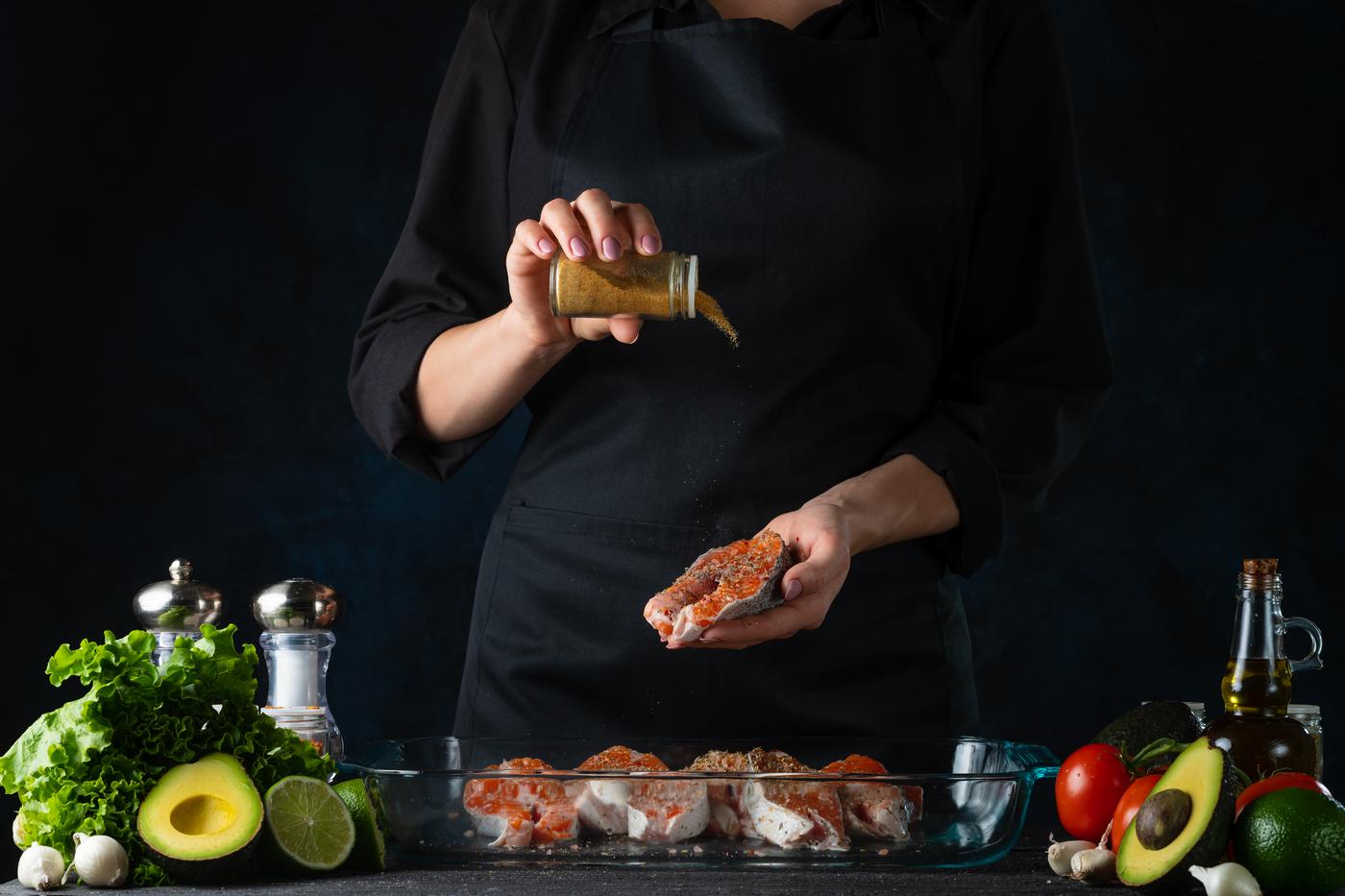Spices are the jewels of the culinary world, elevating ordinary dishes into extraordinary gastronomic experiences. India, often referred to as the “Land of Spices,” has played a pivotal role in shaping the global spice trade for centuries.
Indian Spices: A Palette of Flavors
India’s spice legacy is as old as its civilization itself, dating back over 7,000 years. This subcontinent boasts a dazzling array of spices, each contributing a unique flavor profile to its cuisine. Some of the most iconic Indian spices include:
- Turmeric: Known for its vibrant yellow color and earthy flavor, turmeric is a staple in Indian cuisine. Its active compound, curcumin, offers numerous health benefits and a distinctive taste to dishes like curry.
- Cardamom: Whether in sweet or savory dishes, cardamom lends a fragrant, citrusy aroma and a subtle spiciness. It’s a key ingredient in chai tea and biryani.
- Cumin: With its warm and nutty flavor, cumin seeds are essential in Indian curries, daals (lentil dishes), and spice blends like garam masala.
- Coriander: Coriander seeds and fresh cilantro leaves are both widely used. The seeds provide a citrusy, slightly sweet flavor, while fresh cilantro adds a refreshing, herbaceous note.
- Mustard seeds: These tiny seeds pack a punch in Indian pickles and are a fundamental ingredient in many curry recipes.
- Fenugreek: Known for its bitter-sweet flavor, fenugreek seeds and leaves are used in a variety of Indian dishes, including chutneys and curry.

Foreign Spices: A World of Discovery
The allure of Indian spices transcends borders, influencing and enriching cuisines worldwide. Here are some examples of how Indian spices have made their mark on foreign shores:
- Middle Eastern Cuisine: Indian spices like cumin, coriander, and cardamom have seamlessly integrated into Middle Eastern dishes, adding depth and complexity. Spices like these are commonly found in dishes such as falafel, hummus, and shawarma.
- Caribbean Cuisine: The Caribbean’s vibrant flavors are indebted to Indian spices, especially through the descendants of indentured laborers who brought their culinary traditions. Spices like curry powder, turmeric, and cumin feature prominently in dishes like roti and curry goat.
- East African Cuisine: Indian spices traveled to East Africa through trade routes, and they have become integral to the region’s cuisine. Spices like cinnamon, cloves, and cardamom enhance the flavors of dishes like biryani and pilau.
- European Cuisine: The Age of Exploration in the 15th and 16th centuries sparked European interest in Indian spices. They sought to establish direct spice routes, leading to the discovery of the New World. Spices like black pepper and cinnamon were once so valuable they were used as currency. These spices continue to play a pivotal role in European culinary traditions.
- Southeast Asian Cuisine: Indian spices, along with Chinese and Indonesian influences, have contributed to the rich tapestry of flavors in Southeast Asian cuisine. Spices like turmeric and cardamom are used in Thai and Indonesian curries, while coriander and cumin are prevalent in Vietnamese and Malaysian dishes.
Indian spices have transcended borders and cultures, leaving an indelible mark on cuisines around the world. Their aromatic allure and rich history continue to captivate the taste buds of millions, creating a global fusion of flavors that celebrate the diversity and interconnectedness of our culinary heritage. As you savor the spices in your next meal, remember the journey they’ve taken and the cultural bridges they’ve built, making our world a more flavorful and interconnected place.


